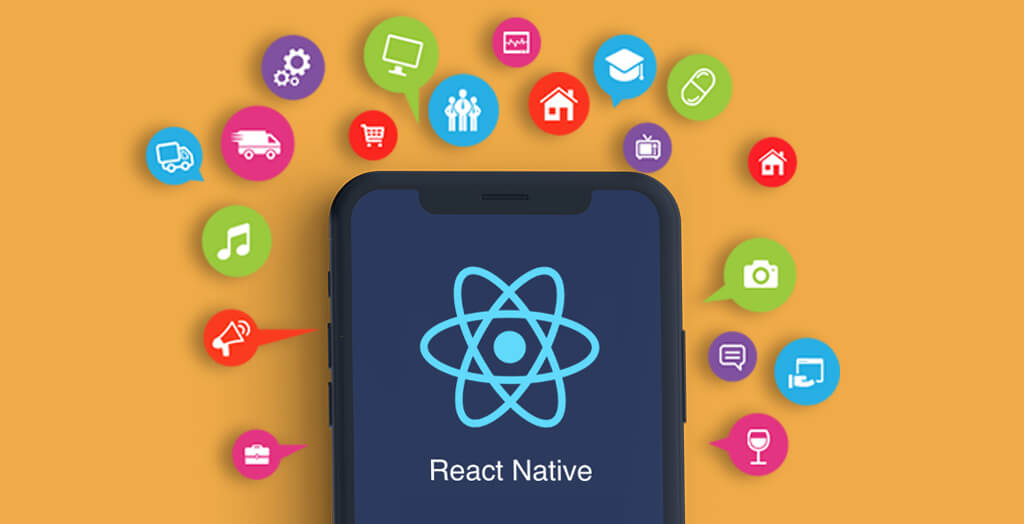Introduction
In the dynamic business landscape, harnessing the power of Artificial Intelligence (AI) has become imperative for staying competitive. This article delves into the transformative impact of AI on decision-making processes and explores the best AI tools available. Whether you are a seasoned professional or a newcomer, understanding the spectrum of AI tools is crucial for making informed choices that enhance business outcomes.
Understanding AI in Business
In a business context, artificial Intelligence involves leveraging innovative tools and algorithms to automate processes and derive insights. The evolution of AI in business has seen a significant rise, with organizations integrating these technologies into their decision-making frameworks.
Benefits of AI in Decision-Making
Enhanced Data Analysis and Pattern Recognition
AI tools excel in processing vast datasets swiftly, identifying patterns, and extracting meaningful insights. This capability enhances decision-making by providing a more comprehensive understanding of the business landscape.
Real-time Insights for Faster Decision-Making
The ability of AI tools to analyze data in real time empowers businesses to make agile decisions. It is crucial in fast-paced industries where timely responses can be a key differentiator.
Improved Accuracy and Reduced Human Errors
AI tools minimize the risk of human errors in decision-making processes. By automating routine tasks and processing data with precision, these tools contribute to more accurate and reliable outcomes.
Standard AI Tools for Business Decision-Making
Machine Learning Algorithms
Machine Learning, a subset of AI, includes algorithms that can predict outcomes based on patterns in data. Notable applications include predictive analytics, optimizing business processes, and identifying market trends.
Natural Language Processing (NLP)
NLP enables machines to understand, interpret, and generate human-like text. In decision-making, NLP is crucial in processing and extracting insights from vast unstructured data.
Data Visualization Tools
Effective communication of complex data is vital for decision-making. AI-powered data visualization tools create intuitive representations, facilitating better comprehension and strategic decision-making.
Challenges and Considerations
Implementing AI in decision-making, including ethical considerations and potential biases, comes with challenges. Organizations must address these issues to ensure responsible and fair use of AI tools.
Conclusion
In conclusion, AI is revolutionizing decision-making in business, offering unparalleled insights and efficiencies. By embracing the best AI tools available, organizations can navigate the complexities of the modern business landscape with confidence and foresight.
Frequently Asked Questions (FAQs):
1. What is the significance of AI in improving decision-making in business?
Ans: AI plays a pivotal role in decision-making by leveraging advanced algorithms to analyze vast datasets. It enhances decision-making processes’ speed, accuracy, and effectiveness, providing businesses with valuable insights to stay competitive in dynamic environments.
2. How can businesses effectively implement AI tools for decision-making?
Ans: Successful implementation involves assessing business needs, selecting suitable AI tools, and ensuring proper integration with existing systems. It’s crucial to provide adequate training to personnel and continuously monitor and adapt the AI system for optimal performance.
3. Are there any risks associated with relying on AI for business decisions?
Ans: While AI offers numerous benefits, risks include potential biases, ethical concerns, and the need for careful handling of sensitive data. Businesses must implement safeguards, ethical guidelines, and regular audits.
4. Can AI completely replace human decision-makers in business processes?
Ans: AI complements human decision-makers but only partially replaces them. Human judgment, creativity, and emotional Intelligence remain critical. AI is a powerful tool to augment decision-making by providing data-driven insights and automating routine tasks.
5. What are the best AI tools for business decision-making?
Ans: The best AI tools vary based on business needs. Still, popular ones include machine learning algorithms for predictive analytics, natural language processing (NLP) for interpreting human language, and data visualization tools for effectively communicating insights.
6. Are there any free AI tools available for business use?
Ans: Several free AI tools that cater to different business needs are available. Some notable ones include open-source machine learning libraries, free versions of data visualization tools, and platforms offering limited free access to AI-powered features.
7. What are the emerging trends in AI and business decision-making?
Ans: Emerging trends include integrating generative AI tools, advancements in natural language processing, and developing more user-friendly AI platforms. Additionally, AI’s application in decision-making expands into areas like autonomous decision systems and explainable AI.
8. How can businesses overcome resistance to adopting AI for decision-making?
Ans: To overcome resistance, organizations should prioritize education and communication about the benefits of AI. Demonstrating successful use cases, addressing concerns transparently, and involving employees in the AI adoption process can foster a positive attitude toward implementation.
9. Are there any tools specifically designed for small businesses?
Ans: AI tools are tailored for small businesses, ranging from budget-friendly data analytics solutions to user-friendly platforms requiring minimal technical expertise. These tools empower small businesses to leverage with minimal resources.
10. Where can I find more information about tools and trends in business decision-making?
Ans: Explore reputable sources, industry reports, and technology publications. Additionally, stay updated on AI conferences, webinars, and online communities where experts can share insights and discuss the latest advancements in the field.









